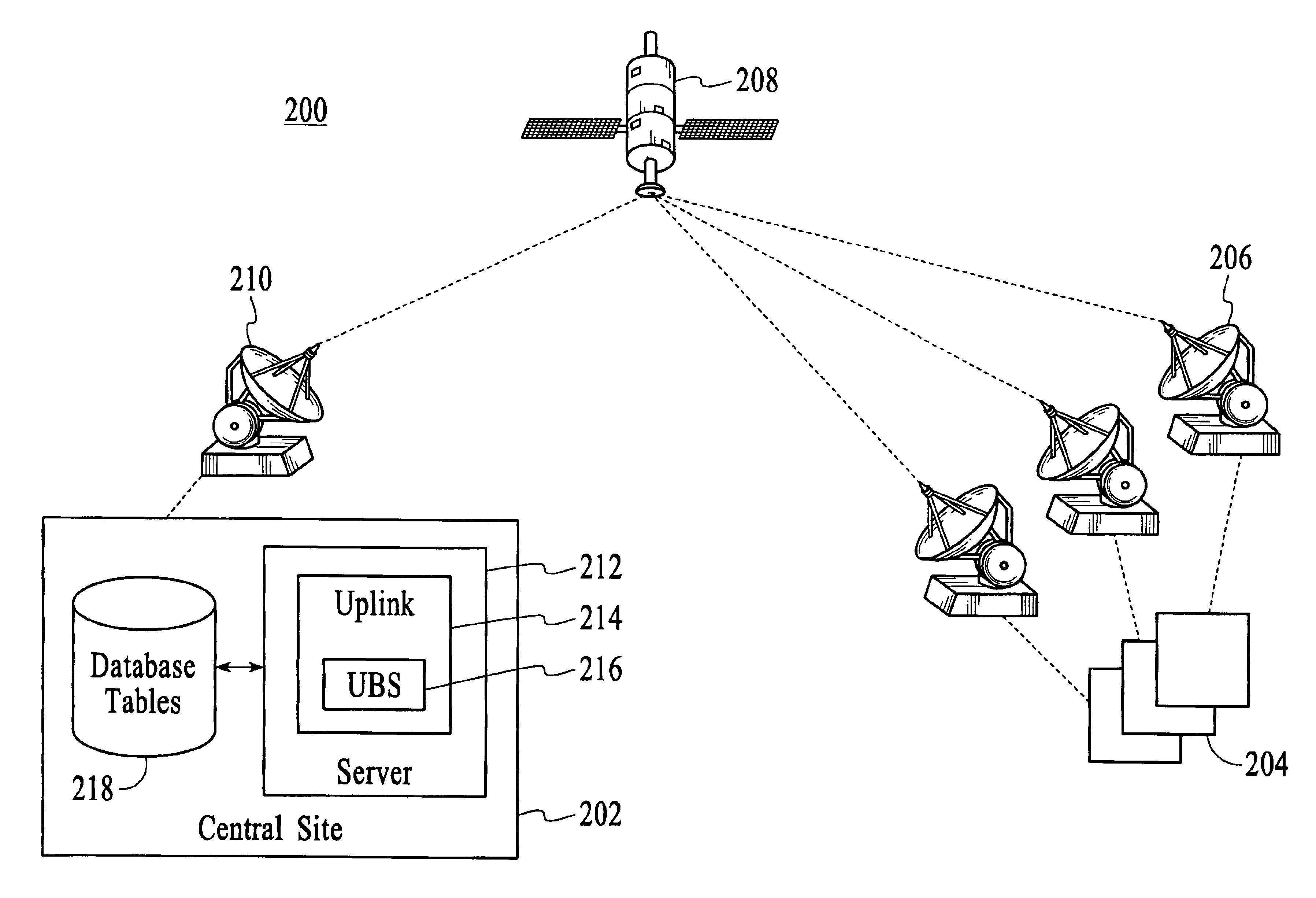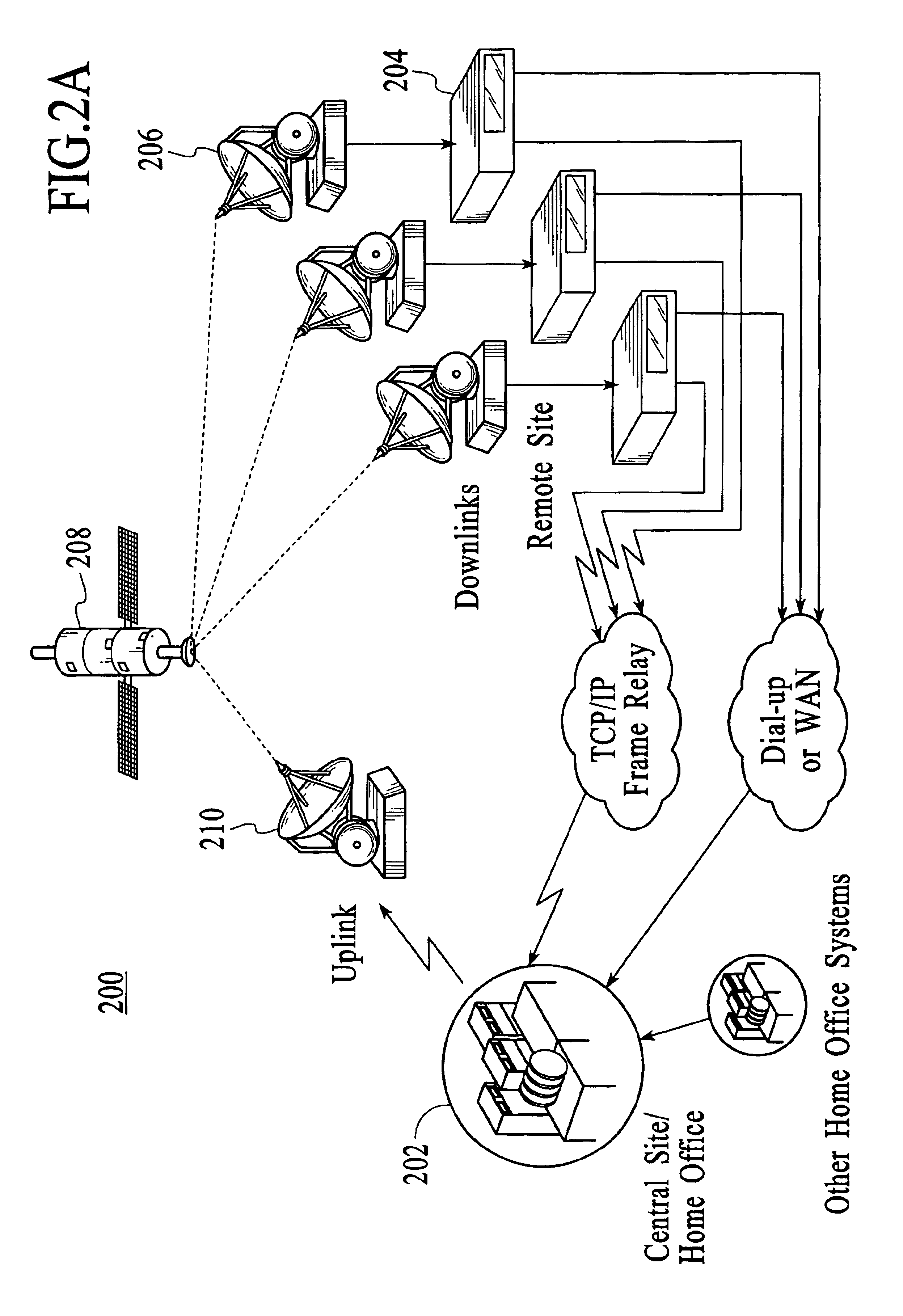Method and system for a real-time bandwidth allocation scheduler for media delivery
a real-time bandwidth allocation and scheduler technology, applied in the field of file transmissions, can solve the problems of unnecessarily restrictive upper limit on bandwidth from many, unfavorable customer financial loss, file transmission obsolete, etc., and achieve the effect of reducing bandwidth waste in media delivery and reducing costs for a customer
- Summary
- Abstract
- Description
- Claims
- Application Information
AI Technical Summary
Benefits of technology
Problems solved by technology
Method used
Image
Examples
Embodiment Construction
[0023]The present invention relates to a method and system for providing an improved bandwidth allocation scheduler for media delivery. The following description is presented to enable one of ordinary skill in the art to make and use the invention and is provided in the context of a patent application and its requirements. Various modifications to the preferred embodiment and the generic principles and features described herein will be readily apparent to those skilled in the art. Thus, the present invention is not intended to be limited to the embodiment shown but is to be accorded the widest scope consistent with the principles and features described herein.
[0024]The method and system in accordance with the present invention provides an improved bandwidth allocation scheduler for media delivery by allowing the bandwidth allocated to a delivery to vary according to the amount of bandwidth available. To more particularly describe the features of the present invention, please refer t...
PUM
 Login to View More
Login to View More Abstract
Description
Claims
Application Information
 Login to View More
Login to View More - R&D
- Intellectual Property
- Life Sciences
- Materials
- Tech Scout
- Unparalleled Data Quality
- Higher Quality Content
- 60% Fewer Hallucinations
Browse by: Latest US Patents, China's latest patents, Technical Efficacy Thesaurus, Application Domain, Technology Topic, Popular Technical Reports.
© 2025 PatSnap. All rights reserved.Legal|Privacy policy|Modern Slavery Act Transparency Statement|Sitemap|About US| Contact US: help@patsnap.com



